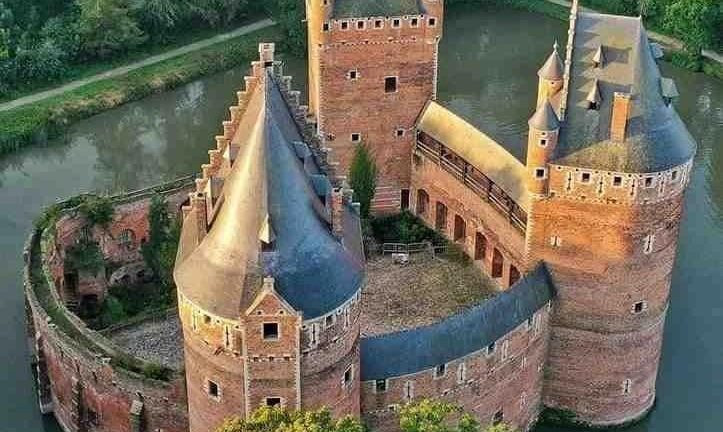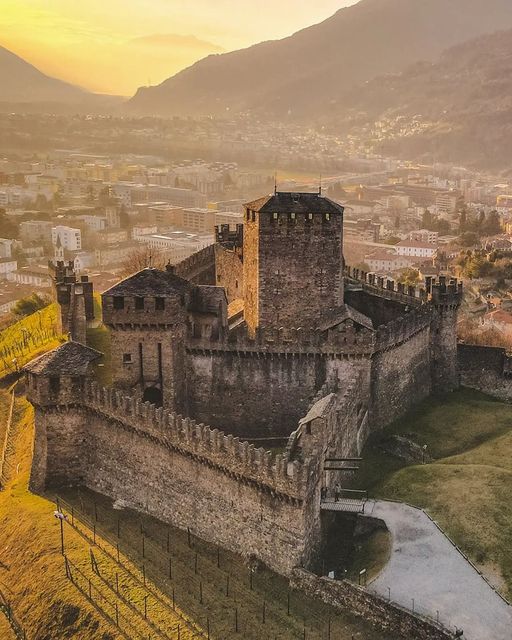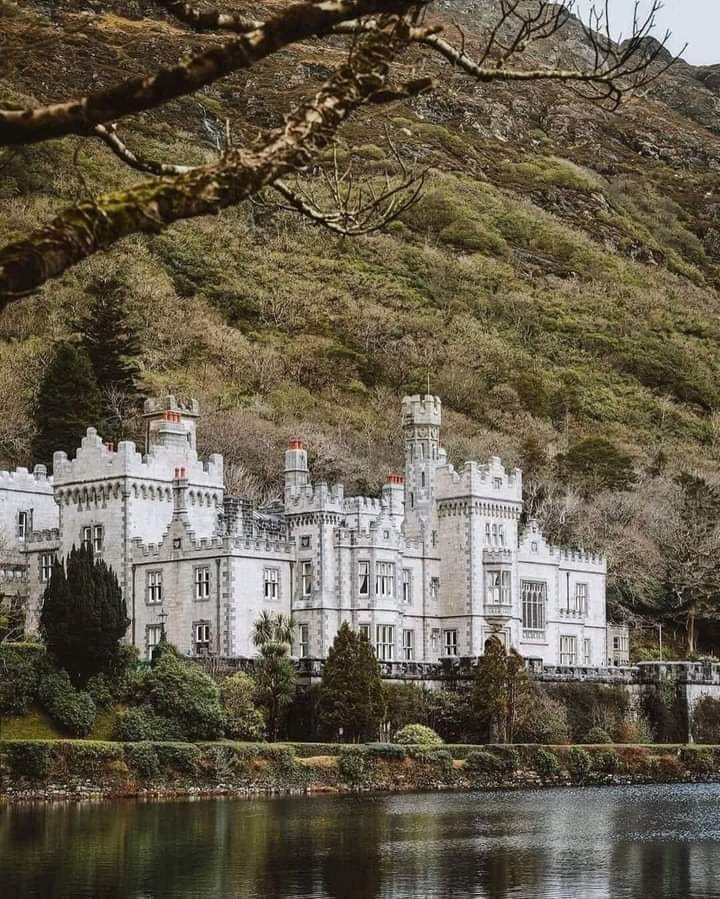Château de Drée, located in the Saône-et-Loire department of France, is a splendid example of 17th-century architecture with a rich history that reflects the changing tastes and fortunes of its various owners. Originally built in the 1650s by François de Bonne de Créquy, the château replaced the old fortress of La Bazolle, marking a shift from medieval fortification to a more refined and luxurious residence.
In 1748, Étienne Comte de Drée acquired the château and embarked on an ambitious project to enhance its interior decoration, drawing inspiration from the opulent styles of Versailles. This transformation added a touch of grandeur and elegance that would define the château’s aesthetic for years to come.
The château’s lineage continued with Countess Augustine de Tournon-Simiane, a descendant of the famous Marquise de Sévigné. She purchased the château in December 1837 for 750,000 francs. Under her ownership, significant modifications were made, including the addition of a central doorway that gave the building its final, majestic shape. This architectural enhancement solidified Château de Drée’s status as a premier example of French aristocratic residences.
The château remained within the family lineage until Augustine’s granddaughter, Eugénie, married the Belgian Prince Gustave-Ferdinand de Croÿ-Solre. The Croÿ-Solre family held the property until 1993. Two years later, in 1995, Ghislain Prouvost purchased the château and initiated major restoration efforts. These renovations aimed to revive the château’s 18th-century charm, remodeling rooms and restoring the interior to reflect its historical grandeur.
The estate’s 10-hectare French-style park, designed by the landscaper Moncorgé, enhances the château’s princely appeal, meticulously crafted to restore its former luster. This park, with its manicured gardens and classical design, offers a serene and picturesque setting, further cementing Château de Drée’s status as a historical and cultural landmark.
Today, Château de Drée stands as a beautifully restored example of French heritage, attracting visitors who wish to experience its historical elegance and the timeless beauty of its gardens. Its storied past, combined with careful restoration, makes it a captivating destination in the heart of Saône-et-Loire.


